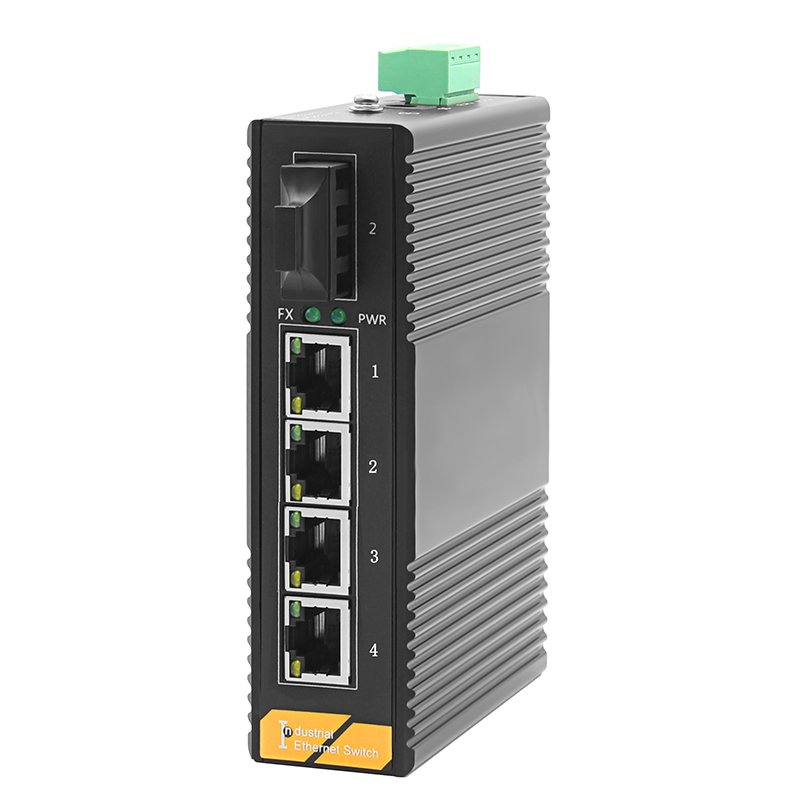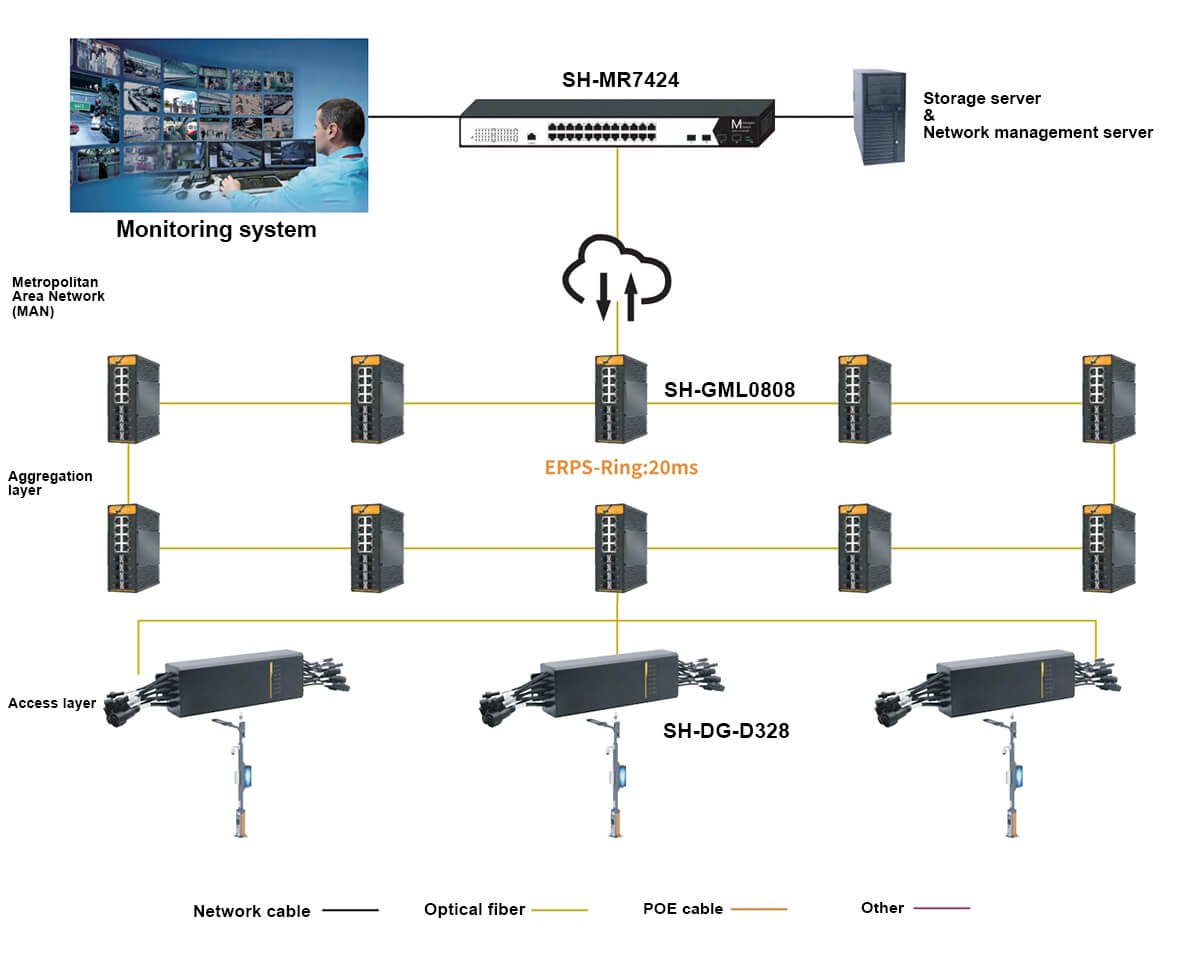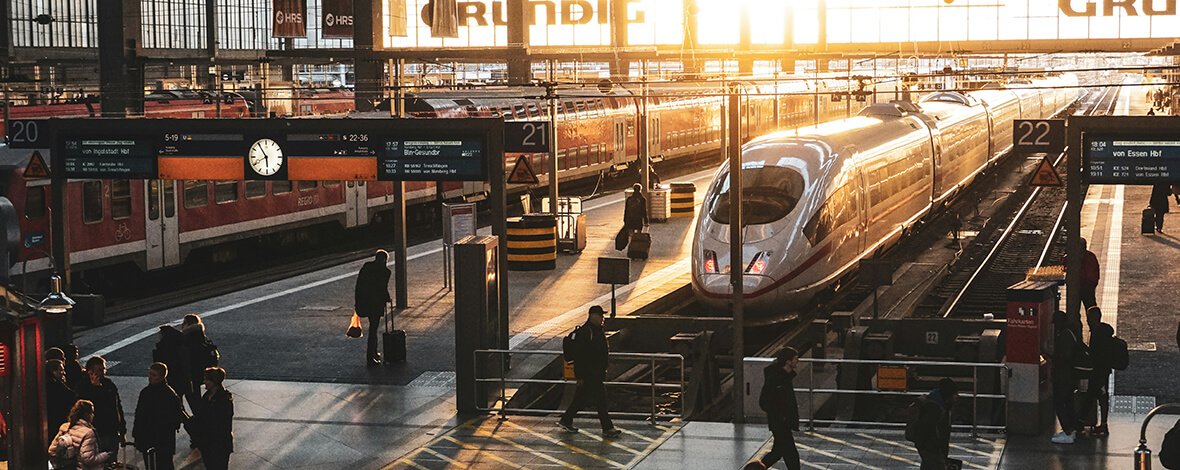
Scheme Background
Establishing and improving a high – definition video surveillance system is essential for railway public security prevention and anti – terrorism and anti – violence efforts. Real – time monitoring of public security areas can relieve the patrol pressure on police officers and case – handling personnel. Case playback can provide clues and the movement trajectories of criminals to the police, offering reliable leads for solving cases.
System Requirements
Establishing and improving a high – definition video surveillance system is essential for railway public security prevention and anti – terrorism and anti – violence efforts. Real – time monitoring of public security areas can relieve the patrol pressure on police officers and case – handling personnel. Case playback can provide clues and the movement trajectories of criminals to the police, offering reliable leads for solving cases.
According to the safety management requirements of railway stations, an efficient and practical high – definition video surveillance system should be built to effectively cover important areas such as station entrances and exits, ticket offices, ticket – checking gates, platforms, waiting rooms, the square in front of the station, and key bottleneck areas. It should achieve 24 – hour real – time audio – video monitoring and recording, providing visual information on train operations, disaster prevention and relief, passenger guidance, and public security to dispatchers in the control center.
The video surveillance system is an important means to ensure the safety of railway passenger stations. Station duty officers can use it to monitor train operations, passenger flow, and equipment operation conditions, improving the transparency of train operation command as an auxiliary communication tool. When a disaster occurs at the station, the video surveillance system can serve as a command tool for disaster prevention dispatchers to direct rescue efforts. The video system for key areas of the station has overall requirements for high reliability, high quality, and high stability, and should be able to operate around the clock. This digital network video surveillance system needs to have a multi – level management system. The entire system is network – based and can be connected to the local railway public security system platform. In case of an emergency, police can be dispatched immediately.
Needs of the video surveillance system for railway passenger stations

Densely populated area
Surveillance of areas with concentrated passenger flow, such as waiting rooms, the square in front of the station, ticket halls, and platforms
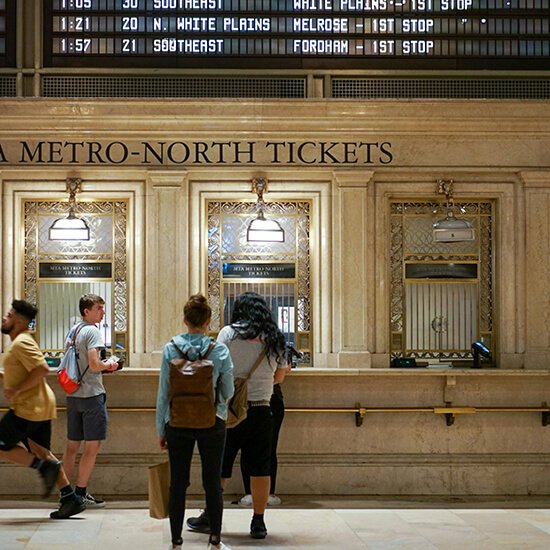
Special area
Special areas involving cash and goods, such as ticket windows, finance offices, luggage storage rooms, and luggage passageways
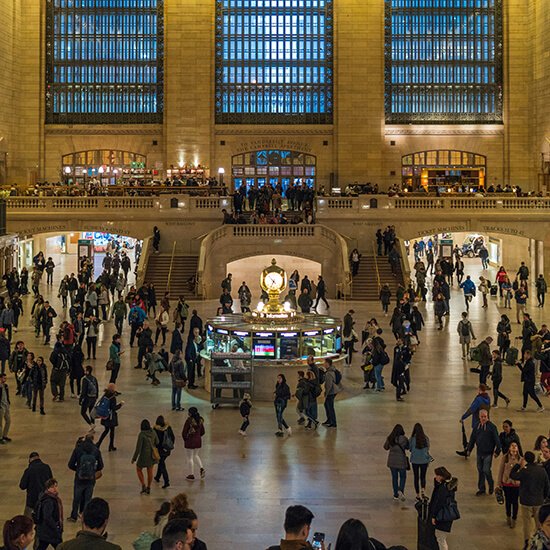
Station perimeter
Protection of the station perimeter and specific areas, achieving linkage with the intrusion alarm system
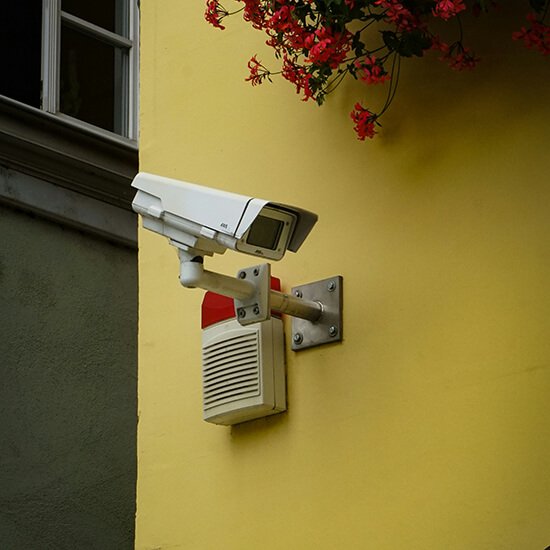
Security check channel
Inspection operations of dangerous goods at the entrance, with dedicated video recording and surveillance in the security inspection channels
Railway stations cover a large area and have a large number of people, requiring comprehensive surveillance without blind spots in key areas. In this solution, all mainstream 2 – megapixel high – definition intelligent network cameras are selected. Heavy – duty pan – tilt cameras are deployed at the highest points of the station for high – altitude panoramic observation. Key areas adopt intelligent analysis functions, supporting detection such as people counting, area intrusion, object left behind, and abnormal sound alarm. A comprehensive management platform is deployed in the station monitoring center, which has functions such as real – time preview, video playback, electronic map, and TV wall management for the entire video surveillance system, and reserves an interface for connection with the police platform
Product List
Topological Diagram
The entire system involves the following steps: deploy front – end devices, configure platform servers, storage servers, and clients, and perform operations such as real – time video image retrieval, video playback, displaying on the wall, and receiving alarms.
According to the safety management requirements of railway passenger stations, an efficient and practical high – definition video surveillance system should be established to effectively cover important areas such as station entrances and exits, ticket offices, ticket – checking gates, platforms, waiting rooms, the square in front of the station, and key bottleneck areas. It should achieve 24 – hour real – time audio – video monitoring and recording, providing visual information on train operations, disaster prevention and relief, passenger guidance, and public security to dispatchers in the control center.
The overall system is required to be highly reliable, of high quality, and highly stable, and capable of operating around the clock. This digital network video surveillance system needs to have a multi – level management system. The entire system is built based on the network, and a network video surveillance network covering the whole network is constructed through network transmission. Timely and high – quality maintenance services should be provided to ensure the normal operation of the system.
